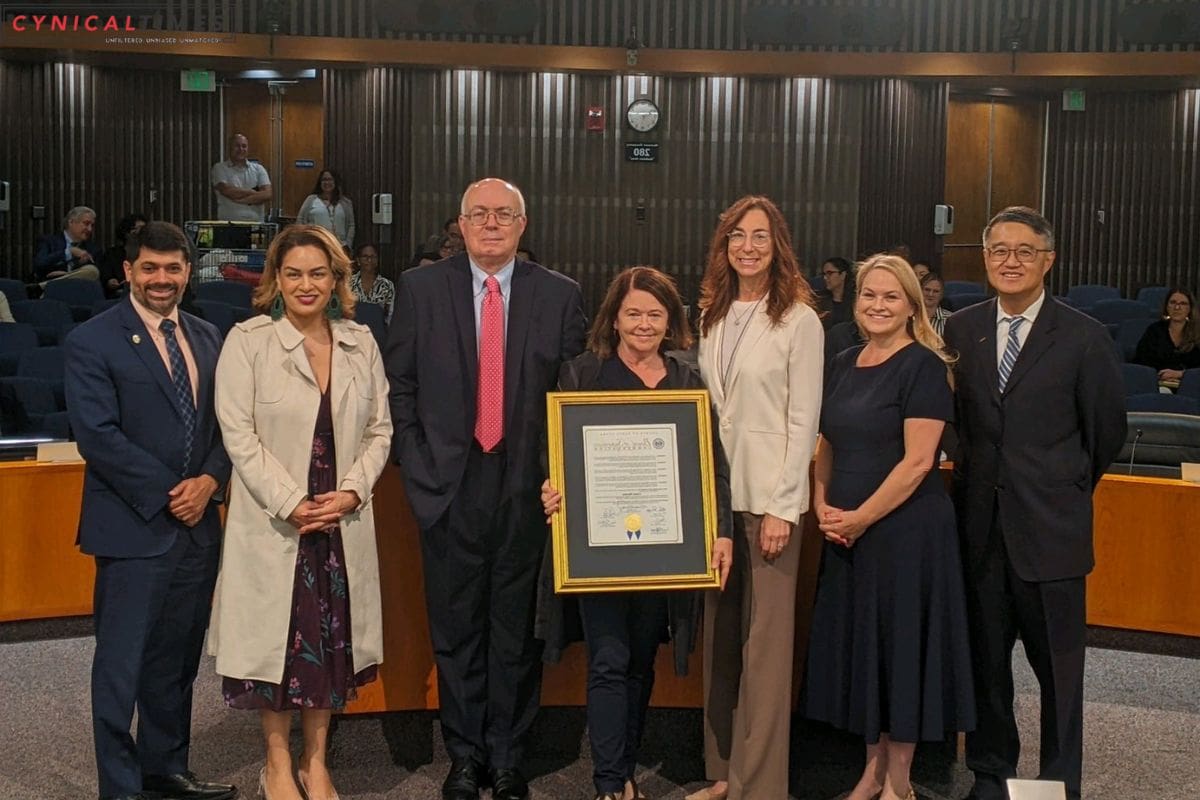Art Economic Power: In Silicon Valley, technology often takes the spotlight, but let’s not underestimate the profound economic impact of arts and culture in Santa Clara County. The Arts & Economic Prosperity 6 study reveals that in 2022, the nonprofit arts and culture sector generated a staggering $384.5 million in economic activity, with San Jose alone contributing $292 million. This creative industry supported 5,916 jobs countywide, poured $243.2 million into residents’ pockets, and contributed $63.9 million in government tax revenue. Conducted by Americans for the Arts in partnership with the San Jose Office of Economic Development and Cultural Affairs and SVCREATES, this research underscores the enduring influence of the arts.
Santa Clara County Supervisor Susan Ellenberg emphasized that the arts not only enrich our souls but also fortify our local economy. She stated, “Art is not just a form of self-expression; it’s serious business.” Indeed, Randy Cohen, vice president of research for Americans for the Arts, highlighted the profound social and economic improvements brought about by the arts. Nationally, 86% of respondents in the study acknowledged that the arts enhance the quality of life and contribute to more vibrant communities.


Also Read: Cupertino Battle with Apple: A Fiscal Storm Looms
Cohen explained, “Arts and culture add beauty to our urban landscapes, bring joy to our citizens, and shape the places we call home and work. They bolster tourism and, crucially, they are a source of employment. Arts organizations invest in their communities, purchasing goods and services from local businesses.” He emphasized that few sectors generate the kind of secondary spending that the arts industry does, including contributions to the hospitality sector. Moreover, events related to nonprofit arts and cultural activities bring an additional $218.2 million to the county through attendee expenditures.
The influence of the arts on San Jose’s economic landscape is undeniable. They contribute $173.4 million to residents’ income and generate $46.4 million in tax revenue, including $6 million in local taxes. In San Jose, arts organizations and their audiences combined create 4,738 jobs. Last year alone, the spending by audiences during arts events injected $192 million into the city.
In San Jose, the arts also foster community pride, as confirmed by 86% of survey respondents. An overwhelming majority, 85%, expressed that they would feel a sense of loss if arts activities or venues were no longer available.


Kerry Adams Hapner, the director of cultural affairs in San Jose, pointed out that the arts play a crucial role in social cohesion and community development. She said, “The arts bring people together, whether through a museum or an outdoor festival. Arts education benefits youth and lifelong learners. They promote cross-cultural understanding, a vital aspect of a diverse community like San Jose.”
In an era when many people work from home or have hybrid work schedules, arts events breathe life into downtown areas, making them vibrant at night and on weekends. The ripple effect of arts activities extends to support the broader economy, attract talent and industry, and generate employment.
Hapner concluded, “The arts are a critical component of our creative economy and our overall economic prosperity. They are what draw people to a place, making it unique. People seek to work and live in a city with a rich and vibrant cultural life.”
Our Reader’s Queries
How does art relate to economic power?
The arts play a vital role in boosting economic growth by creating job opportunities, attracting tourists, and generating revenue through the sale of artistic goods and services. Moreover, the arts can also increase property values and contribute to the rejuvenation of neighborhoods and cities. With their unique and creative approach, the arts industry can bring a fresh perspective to the table, making it easier to attract investors and businesses to the area. Overall, the arts have a significant impact on the economy and can help to create a more vibrant and prosperous community.
What is the meaning of art is a power?
Art possesses the ability to transform our perception of the world, opening our eyes to fresh outlooks, concepts, and principles. It can transport us to bygone eras, prompting us to ponder over our history, or propel us towards the future. Art can also draw attention to societal concerns and promote a sense of inclusivity, uniting individuals from diverse backgrounds.
What is economic function in art?
According to economics, we allocate resources towards consuming art because it provides us with something valuable. This value is reflected in the functions that art serves. Additionally, economics offers a way for us to collectively capture or distribute the benefits of art that may be missed by individuals. By doing so, we can ensure that everyone has access to the benefits that art has to offer.
What kind of power does art have?
Apart from the artist’s skill, the art itself has the ability to imitate or replicate life. The ancient Greeks believed that the power of art lies in its capacity to depict nature. The more realistic and natural the representation, the closer the artwork is to truth, beauty, and power.

